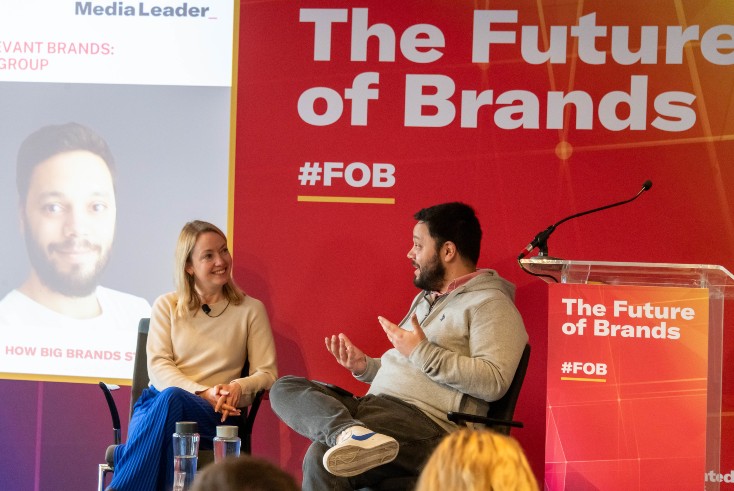Lego social media chief: Take a considered approach to the channel


“Innovation isn’t just about getting a first-to-market activation.”
At last month’s The Future of Brands event in London, Lea Sandell, Lego’s global social media innovation lead, sat down with Havas Media Network ecommerce lead Pedro Ramos to discuss how the brand utilises social media in a changing online landscape.
Sandell explained that for social media strategy to work well, it must be brand-led, rather than simply chasing after audiences on new social platforms.
“Obviously we’re trying to remain relevant and be where the audiences are,” she said. “But, to do that, you need to really know who you are as a brand and the value you bring. Because that is the core that everything else revolves around.”
For Lego, the creativity symbolised by the Lego brick is, and has been, at the core of all of its advertising for decades, Sandell noted. As such, the brand carefully considers its activations in new spaces to ensure they make sense for the brand and there are interesting opportunities available on platforms.
For example, Sandell pointed to activations on Snapchat that created Lego augmented-reality experiences across London.
When considering the process for creating good ads on social media, Sandell said it was easier to say what brands shouldn’t do. “It’s not just ‘Oh there’s this new social platform, let’s jump on there.’ That’s not happening,” she mused. “It’s much more about identifying a business challenge or a goal and thinking about what types of media will help us get there.”
While it’s “so hard to predict” the future of social, Sandell offered a few things to keep an eye on.
For one, social media has developed over time from one type of core product into another. As she described: “We’ve gone from connection at the very beginning of social […] and now we’ve moved into hyper-personalisation.”
For instance, users may be interacting with the same platform, at the same time, and will have completely different experiences — a phenomenon that is “far removed” from where social media started.
That can provide challenges for brands, as they can target users in more specific ways than before, while it also means wider messages or attempts at organic social are not guaranteed to reach large audiences.
At the same time, as social media has become more personalised, Sandell noted that more niche communities are cropping up. Reddit, for example, bills itself as a “community of communities” and likewise TikTok has emphasised in public messaging its various “-Tok” communities, like BookTok.
That has opened up opportunities for social platforms as they have developed new business models to diversify away from advertising, Sandell said. She explained that new opportunities in ecommerce are worth keep tracking of, especially as they relates to smaller communities.
Meanwhile, as social media natives grow older, Sandell said it was interesting to note the merging between online and offline social spaces, such as at concerts and large events, where live moments can go global online.
“The walls are breaking down a little bit between what used to be very different worlds,” she said.
“For all the challenging parts of social media and how polarising it can be, it actually also created a shared language for us. It can be a connecting tissue between those two worlds.”
